Will The Way We Dress Change Forever After The Experience Of Lockdown?
As consumer trends shift in response to the crisis, a new outlook on shopping and style may be emerging
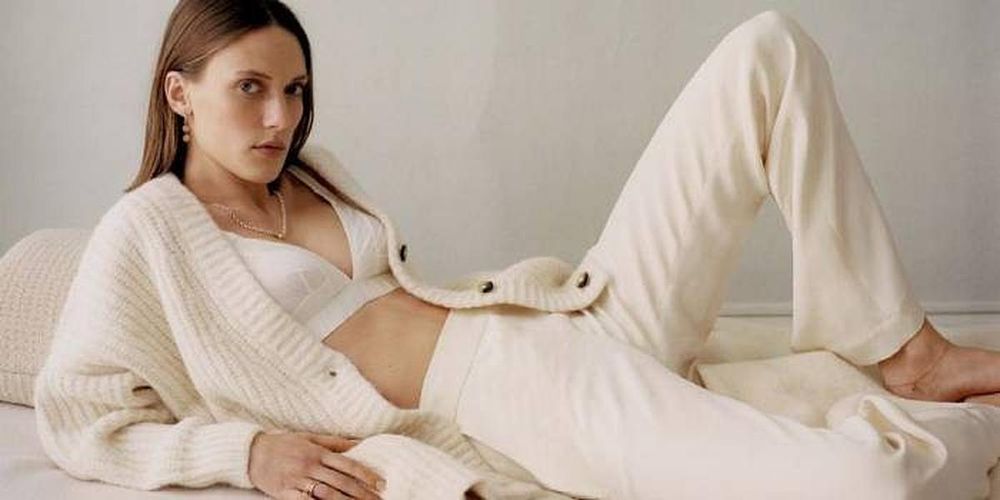
Photo: Courtesy of Matches Fashion
We are living through a period of time that almost nobody alive has ever experienced before. The global coronavirus pandemic has dramatically shifted the way in which we go about our day-to-day lives and there is little doubt that, going forward, at least parts of our existence are going to change forever.
When it comes to the fashion industry and more specifically, the way we, as consumers shop and choose what we pull out of our wardrobes each morning, the experience of living through a government-imposed lockdown could well change our perspective on dressing forever.
After finding comfort in loungewear at home, could we pivot towards it in the long term? Will we go to the other extreme and dress up more than we ever have before? Or will our priorities shift, giving way to changes in the industry that were already in motion and desperately in need of taking place? As the way we live our lives adjusts to a new normal, how will our wardrobes fare?
“The way in which people interact with brands and shop for fashion is changing fast,” explains Chris Morton, founder and CEO of global fashion search engine Lyst. “The Covid-19 crisis is accelerating shifts that were already happening in our industry, and catalysing further changes.”
Photo: Courtesy of Browns
Some of the most obvious shifts come from the type of clothing that consumers have been drawn to during these first few months of lockdown. When speaking to numerous leading luxury retailers, it is clear that lounge and sportswear has been key.
“Luxury loungewear, tracksuits and activewear has definitely become more and more in demand, which is not much of a surprise,” Tiffany Hsu, fashion buying director at Mytheresa says. It’s a similar story at Browns: “Comfort is key during lockdown – we have definitely seen increased interest in lounge and activewear as well as cashmere and casual wear,” explains Heather Gramston, head of womenswear buying at the department store.
And, at Matches Fashion and Net-a-Porter too, this change has been apparent with leggings, trainers and tracksuit bottoms all performing very well, with sales of the latter up 1,303 per cent at Net-a-Porter compared with this time last year.
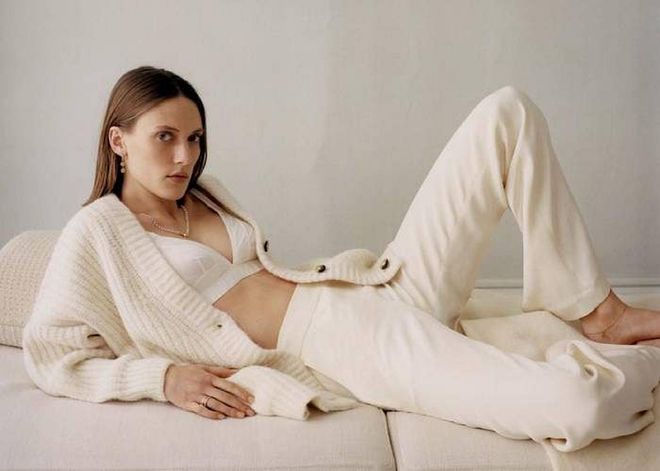
Photo: Courtesy of Matches Fashion
lockdown fashion 3
It is perhaps completely unsurprising that consumers are investing in casual clothing and activewear during this period. Not only are we housebound and embracing this time to be comfortable, but many of us also have a new perspective, more time to spare and a greater focus on our health. As explained by Marion Rabate, founder of luxury sportswear brand Ernest Loety (which has seen a peak in sales), consumers are reacting to what is happening around them.
“The lockdown means that more people are spending more time at home and obviously wearing loungewear, but this virus also means that people are more focused on their health – they see the point in investing in that area of their lives.”
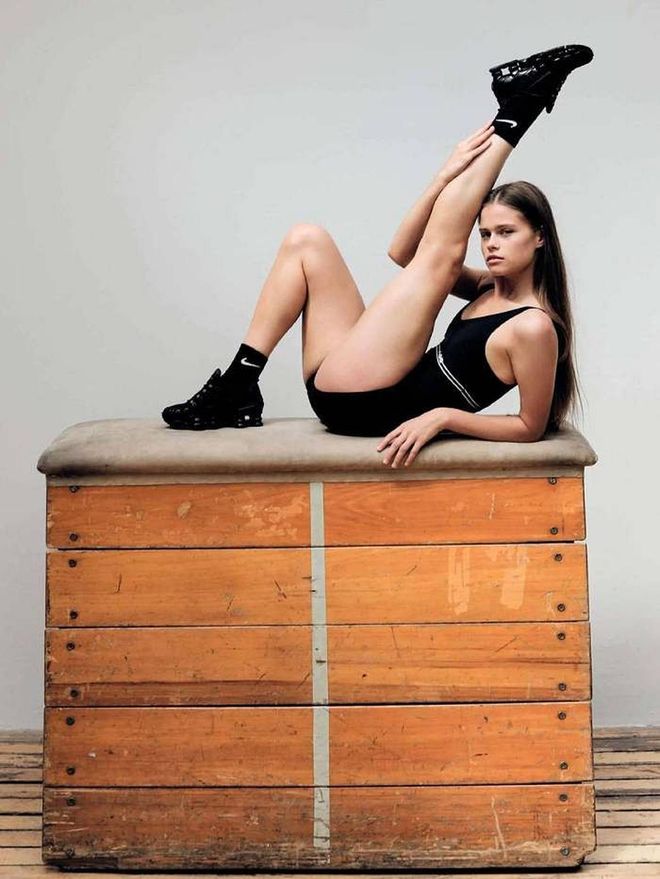
Photo: Courtesy of Browns
lockdown fashion 4
So, for a few reasons, we’ve turned to lounge and sportswear in our droves, but spending our lives inside doesn’t just mean we need comfort, it also emphasises the need for versatility in our wardrobes.
“The spike in interest in more casual or sporty clothes has been true of lounge and activewear, but longer term, we’d expect this to be more about multi-functional clothing or two-mile wear,” says Fancesca Muston, VP of fashion content at trend-forecasting company WGSN. “These are clothes that you can be comfortable in and that are functional whether you are working out, relaxing at home or popping to the shops.”
This trend has already arrived at Browns, Matches, Net-a-Porter and Mytheresa, where buyers have seen consumers investing in versatile pieces.
“We have definitely seen a shift towards more classic and effortless styles with a focus on essentials,” Gramston says. “We have seen a customers investing in wardrobe-building pieces that have a seasonless appeal, from brands such as Bottega Veneta, Jil Sander, Khaite, Totême and LVIR.”
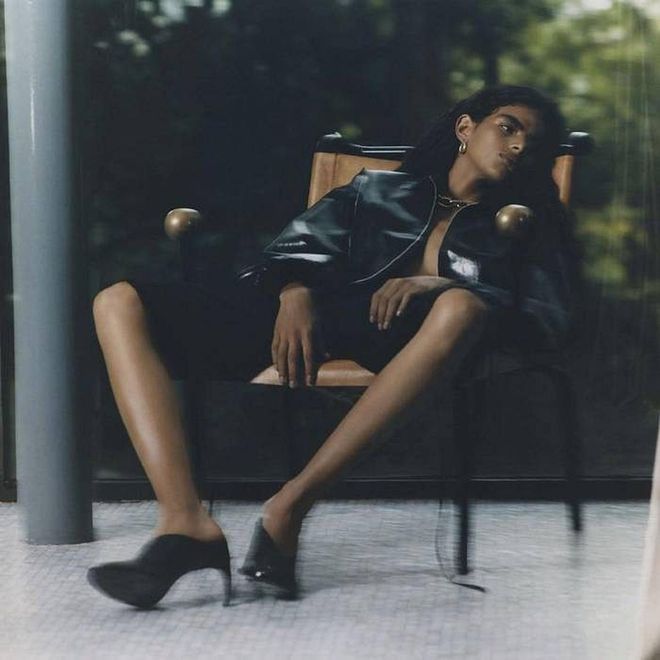
Photo: Courtesy of Browns
lockdown fashion 5
“Iconic and investment pieces have continued to trade well for us – they are pieces with longevity that our customer can buy now and wear forever, so perhaps that’s the rationale in our customer's mind,” Libby Page, senior market editor at Net-a-Porter said.
And, it’s not just versatility for right now, but versatility for our futures too with many of the retailers finding that, more and more, the lockdown has led to consumers investing in “forever pieces”.
“Over the past few weeks, we’ve seen spikes in sales of fine jewellery and timeless investment pieces like handbags from Loewe and Bottega Veneta,” Natalie Kingham, fashion and buying director at Matches said. “It has become apparent that these investments are a way to feel more hopeful but are still wardrobe essentials that can be used during lockdown and far beyond.”
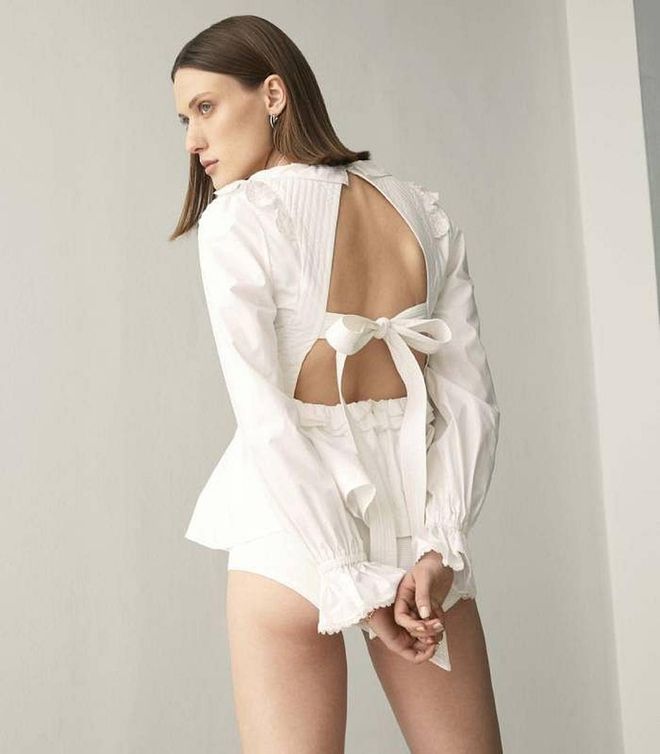
Photo: Courtesy of Matches Fashion
lockdown fashion 6
Another unexpected trend that the team has noticed at Matches is a way of dressing up these now very popular, more comfortable pieces: “Shirting and dresses which can be layered over leggings and knitwear has also been a prevalent trend – useful, comfortable pieces that you can wear day to day.”
This coincides with Ernest Loety’s mantra that “sportswear does not have to look like sportswear” and is proof, perhaps, that consumers may look to incorporate comfortable pieces into their everyday wardrobes in the future.
“We have designed some of our tops to look like eveningwear, and they do – you can easily wear them for a sophisticated event,” Rabate says. “And with a black legging, you can team it with a white shirt during the day or a beautiful loose top at night, and then trainers are a great way of dressing down a look too. As with anything, it is about balance and mixing things.”

Photo: Courtesy of Browns
lockdown fashion 7
In fact, many experts are under the impression that consumers won’t ever go back to the way they used to dress pre-lockdown.
“I think there will be a new normal in that a more relaxed way of dressing will continue,” Kingham says, while Rabate believes that once people have seen the light, they won’t be going back.
“Of course the question is very different right now because people are locked inside their homes – they want to wear comfortable clothes because nobody is looking, but I think that once they get used to it, it will be difficult to go back.”
There is also an argument, though, that both ends of the dressy-casual spectrum will see a peak as we move into a new way of living.
“I think that both scenarios will apply,” Gramston says. “I would expect there to be a shift in the way that we work going forward which means more working from home and, therefore, dressing more casually. At the opposite end, people will be looking for opportunities to get dressed up once restrictions are lifted.”
Hsu agrees that we will turn to glamour again no matter how comfortable we have become: “I think we are getting used to dressing comfortably right now but once we are allowed out to celebrate, I’m sure everyone will put their best frock on and make the most of it.”
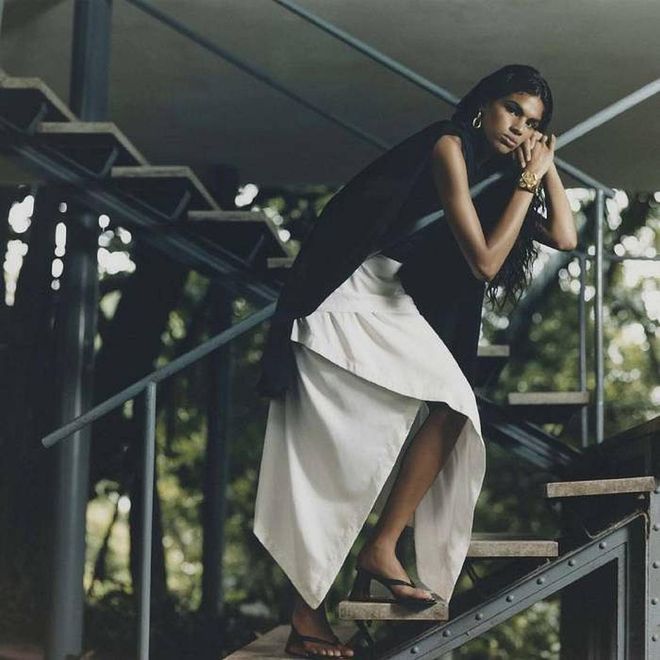
Photo: Courtesy of Browns
lockdown fashion 8
And, of course, it goes without saying that the economic fallout of the crisis will have its own impact, one that will, perhaps, actually force some positive change in the way the industry functions, something which we can already see from the trend for versatility and timelessness in lockdown sales.
“We’re not seeing the full economic impact on the consumer mindset right now but towards the end of this year and into next, this will really start to kick in,” Muston explains. “Consumers will be looking to justify their fashion purchases, they’ll need hardworking pieces which are versatile and multi-purpose. Cost per wear will be a metric-defining value, over and above price alone.”
This mindset was of course already becoming more apparent with consumers because of the questions surrounding sustainability, but that could now be accelerated, not just because of the way consumer's lives will change but because of how brands will be forced to rethink their approach.
“People have finally realised that they are mortal and will change their way of living accordingly – they will place more importance on home, health and relationships,” Rabate argues. “I personally believe people will travel less. Consumption wise, we will appreciate Mother Earth more and there will definitely be increased focus on sustainability.”

Photo: Courtesy of Matches Fashion
lockdown fashion 9
“A lot of us have taken the opportunity to ‘clear our closets’ and have realised how many things we never wear,” she adds. “Hopefully we all learn from our mistakes – and so will the fashion industry. In addition to an increased focus on sustainability, I think the seasonal aspect will die down. I have seen wholesalers cancel orders and even seasons – so brands will be more focused on producing what they can realistically sell rather than growing at any cost. At Leoty, already 75 per cent of our product was ‘core’ meaning that it doesn’t go on sale. This is all for the better, I believe.”
Hsu agrees that businesses will be forced to confront and challenge the structure of the industry: “This is perfect timing to press the reset button and rethink what’s next. I see a more sustainable approach to the jet-setting lifestyle, how events and buying appointments are being set up and how everyone can be more time efficient, and also looking at the life cycle of products – how soon should they go on sale, if they should at all.”
And with this, hopefully, we’re likely to see brands coming together for the common good. Kingham argues that “we will see more collaboration and an increase in communication across the board”. This will ultimately result in many elements of the business structure coming under evaluation.
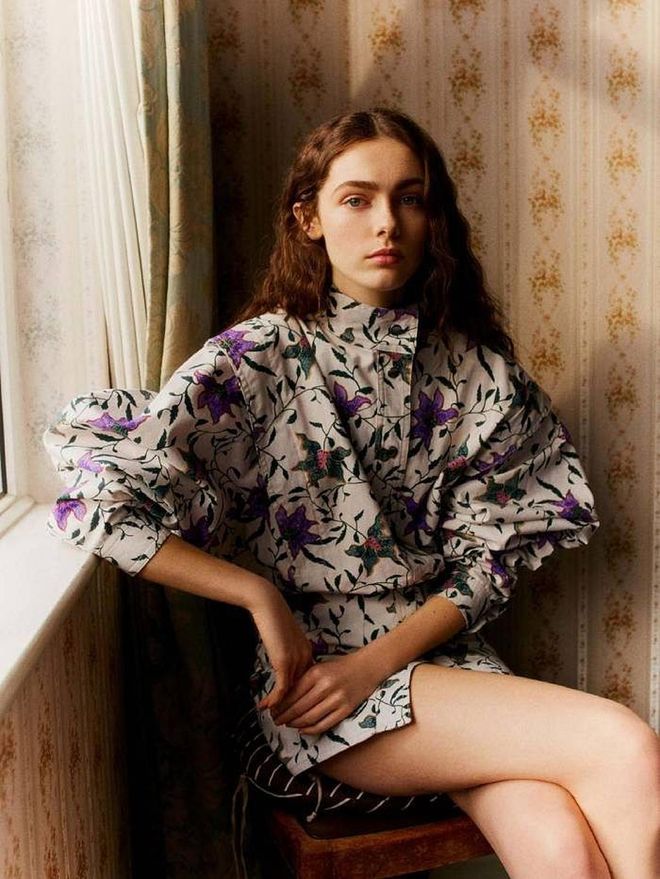
Photo: Courtesy of Matches Fashion
lockdown fashion 10
“As we are all forced to slow down during lockdown we all have more time to reflect, make changes and set intentions for the future,” says Gramston. “I expect we will see changes in seasonality, frequency and the size of collections shown by designers as well as a new wave of innovation – with change comes opportunity. In terms of sustainability, I would expect an increased focus on this as brands, businesses and consumers collectively look at more sustainably-led decisions, putting an emphasis on their impact on the environment and making positive changes going forward.”

Photo: Courtesy of Matches Fashion
lockdown fashion 11
Ultimately, this unprecedented challenge could and should lead to a better-functioning fashion industry, changing how brands are run and what consumers choose to buy.
“Coronavirus is a challenge for the fashion industry but it’s also an opportunity to rebuild it in a way which is better fit for purpose, and that solves for multiple problems," Muston argues. "We had issues with supply-chain transparency and ethical trading, environmental impact, seasonal timings, and rampant discounting. This is our opportunity to put our industry back together, not as it once was, but as we would like it to be.”
This article originally appeared on Harper’s BAZAAR UK.
Related aricles:
All The Fashion-Week Schedule Changes That Have Been Announced So Far
How Fashion And Beauty Companies Are Giving Back During The Pandemic
How Are Luxury Brands Faring Since The Coronavirus Outbreak?